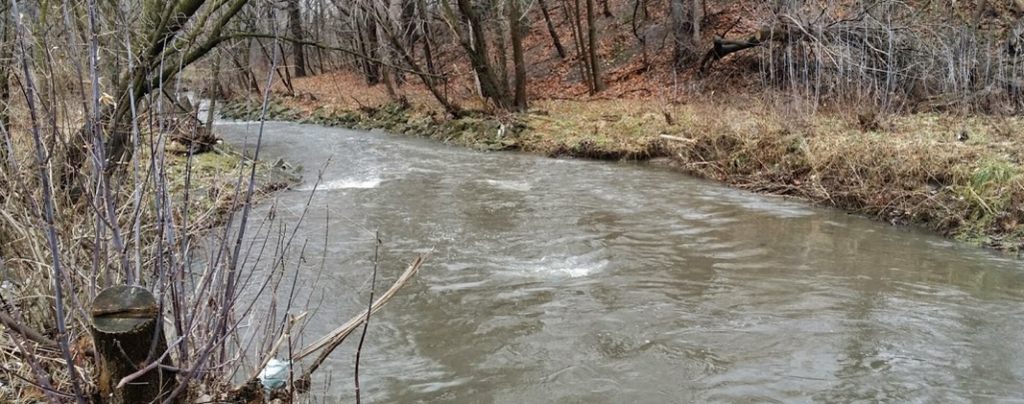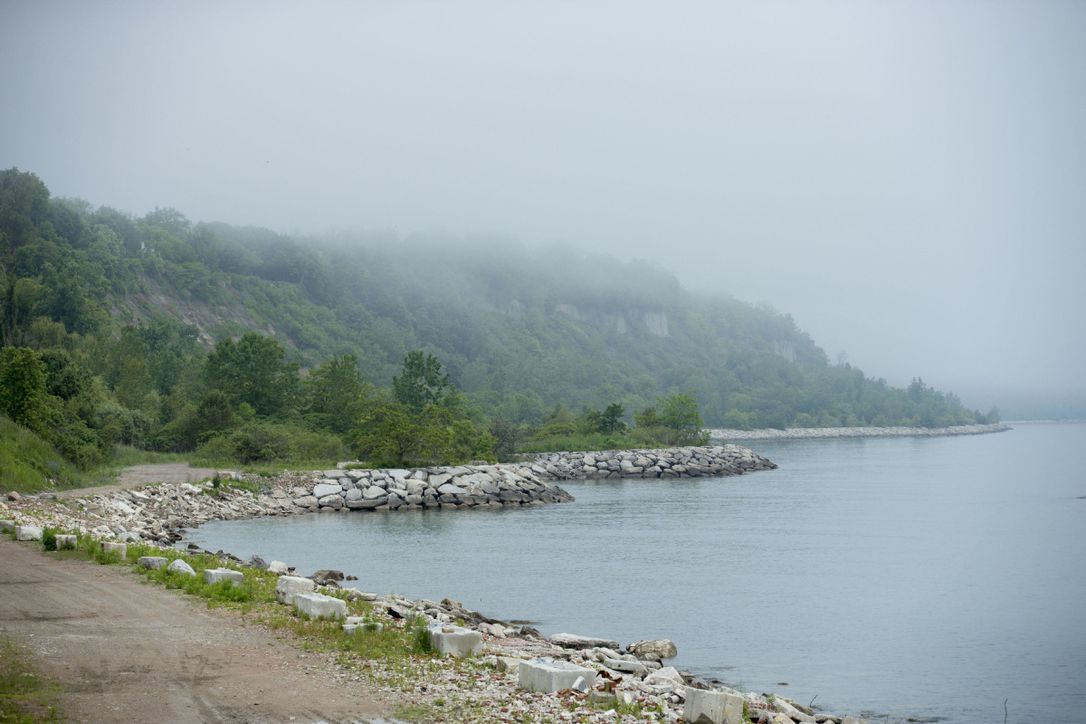Many people are aware of the parks in their cities, but they fail to notice the other green spaces. These often-overlooked areas include hidden forest ravines and creeks that snake their way through our urban landscapes. Ideally, these winding narrow valleys should be densely populated with animals, birds, insects, trees, and flowers, but many are under threat from environmental degradation and neglect and are turning into sterile landscapes that will soon be of no use to anyone.

Many Scarborough residents have taken notice to the threat we pose to these areas, and have already taken action. Which is why many will choose humane wildlife control companies when faced with an unwanted furry visitor. But to further protect the natural areas, we must further understand what is happening to them. Continue reading for more.
What is Happening to our Forest Ravines and Creeks?
The valleys and forests in many urban areas are disappearing at an alarming rate. In some instances, this is due to human carelessness, people using urban ravines as unlawful dumps and municipalities allowing piles of garbage to build up on the forest floor, making it uninhabitable for wildlife. But in other cases, it is nature attacking itself as invasive plant species, like Japanese knotweed, are smothering the native grasses and plants and killing off the indigenous undergrowth.
Invasive species are frequently more aggressive than native species and can quickly take over whole sections of a forest ravine. Trees like the European buckthorn and Norway maple create dense canopies and heavy shade, eliminating growth on the slopes and exposing the ravines to accelerated erosion from water runoff. A lack of ground cover makes soil erosion more prevalent, exposing the roots of beautiful old maples and oaks to the elements and leaving them vulnerable to diseases and being blown over by strong winds.
Taking Care our Green Spaces
One of the most famous ravine systems in Canada can be found in Toronto. No other urban center in the world has such an abundance of steep corridors of woodland and thickly forested valleys. In total the Toronto forest ravines are 30 times bigger than New York’s Central Park but if they are not protected and maintained they will not be around for future generations to enjoy.

Forest ravines have fragile eco-systems that actively need to be cared for and maintained. In order to ensure the survival of these natural havens, and the animals that call them home, cities have to tackle the invasive species and re-introduce native plants to restore the natural character of these precious green spaces. Proper maintenance of the forest ravines will increase the chances of minimizing erosion, keeping the banks stable and preserving the habitat of many birds and animals. But if left unchecked, invasive plant species will take over and destroy the natural ecosystem of city ravines and creeks and these hidden green spaces will disappear, and along with them the natural habitat of many urban animals. As these animals are pushed out of their natural environment, they will be forced into ours and this will lead to greater conflict with people. Snakes, rodents, skunks, raccoons and a host of other animals will be looking for new homes and this will create problems in many cities.
Wildlife control experts, like Skedaddle Humane Wildlife Control, understand the significance of protecting forest ravines and green spaces in cities like Scarborough and know that humane wildlife control is essential if we want to preserve our wildlife for future generations and make urban spaces a safe environment for both people and animals.




